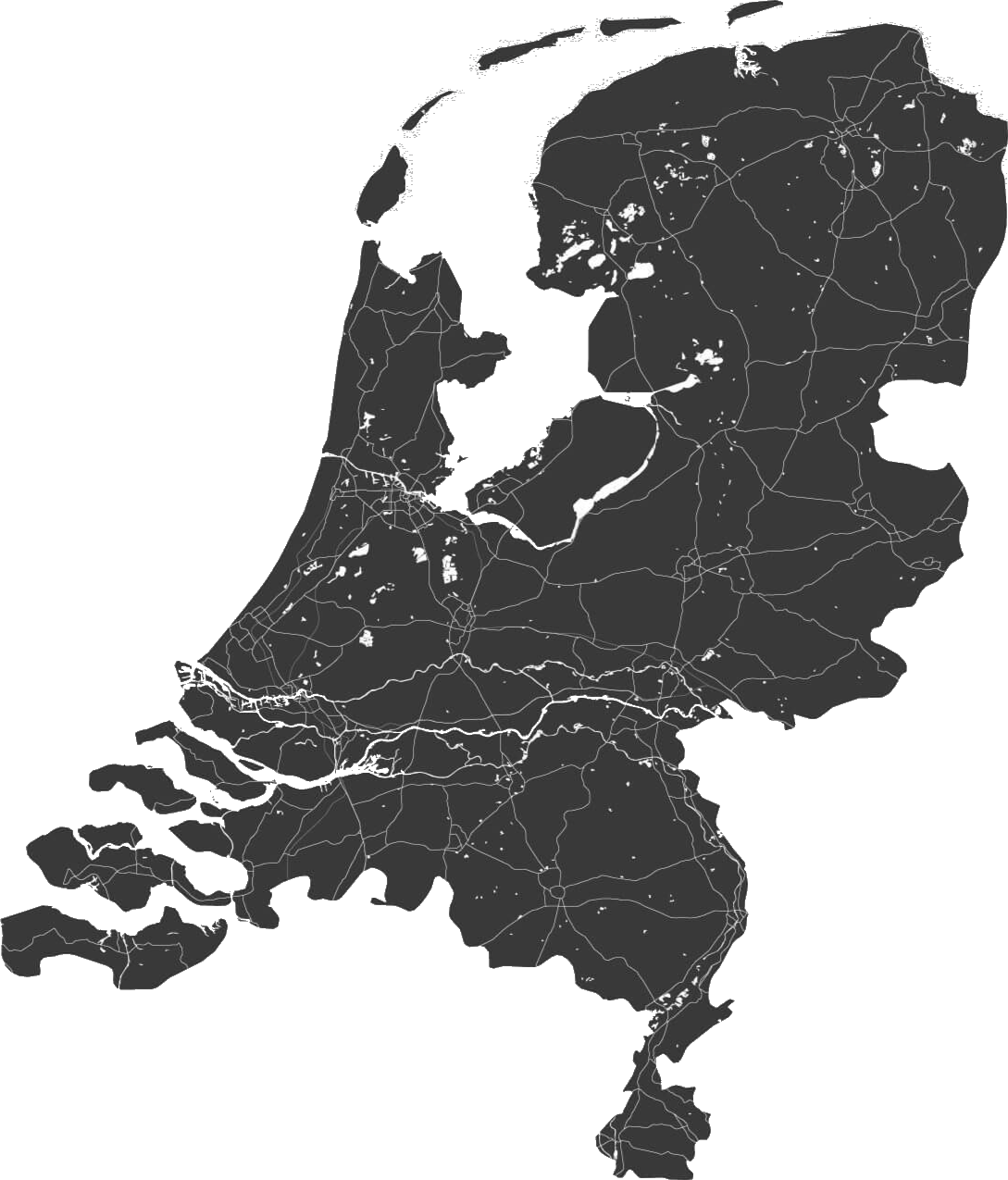Ducati 1974 860 GT Paul Smart Replica 864cc 2cyl OHC 3411
€ 17.950
- Prijs:
- € 17.950
- Sinds:
- 2 maanden
- Gezien:
- 29 keer
- Adverteerder:
- Yesterdays
- Plaats:
- Nederweert
- Activiteit:
- 2 maanden actief op Marktnet

Ducati 1974 860 GT Paul Smart Replica 864 cc OHC V-twin frame # 852732 engine # 855384
Designed by the legendary Fabio Taglioni, Ducati’s first road-going v-twin – the 750 GT – arrived in 1971. Lacking the resources of larger rivals from Japan, Ducati made the most of what it already possessed to create one of the all-time great motorcycles of the post-war era. A 90-degree vee, the engine looked like two of the Bologna firm’s bevel-drive overhead-cam singles on a common crankcase (which in essence it was) though the coil valve springs represented a departure from Ducati’s traditional hairpins. The 90-degree layout made for exceptional smoothness and a lengthy wheelbase, a handicap more apparent than real that failed to stop the fine-handling Ducati twins notching up a succession of wins in Formula 750 events, commencing with Paul Smart’s famous victory at Imola in 1972.
In 1974 Ducati brought out the 750 GTs successor, the 860 GT. The idea was to make the Ducati V-twins more attractive for the American market. The engine became more production friendly, and Taglioni aimed at greater reliability and maintenance friendliness of the engine. The design was also changed; Giorgetto Giugiaro, mostly known for his car designs, was the mastermind behind the Ducati 860 models. His “edgy” style with squared off engine cases and petrol tank was quite different from what Ducati customers were used to at the time. Today, the 860 GT’s uncompromising looks are treasured as period perfect. Production of the 860GT began in September 1974, while the GTE with an electric start arrived in January of the following year. The total production of these two models was modest. The 864 cc engine has a power output of 57 hp @ 7700 rpm. The OHC engine is fitted with the famous desmodromic valve control system that was developed by Ducati engineer Fabio Taglioni in the 1950s. Taglioni’s big idea was to control “valve float” at high revolutions by having the valves positively opened and closed without using conventional springs. If left unchecked, valve float can cause a catastrophic collision between the valve and piston, a huge problem on a high-rpm performance machine. To fight this, Taglioni designed a “Desmodromic” (from the Greek: “desmos” [controlled, linked] and “dromos” [stroke, course, track]) valve train. Several manufacturers had experimented with this system since the early part of the twentieth century to varying success. The best known and most successful of these was Mercedes-Benz, with their W196 straight-8 Grand Prix race cars of the fifties.
The machine we present comes in “Paul Smart” trim, with polyester fairing, petrol tank and race seat. Front brakes are dual discs, rear brake is a single disc. She has been fettled by a classic Ducati specialist ( https://www.ducaticlassics.com) a number of years ago and has been active on racing tracks. She’s in good used condition and comes with current Dutch road registration.
Meer informatie:
https://www.yesterdays.nl/product/ducati-1974-860-gt-paul-smart-replica-864cc-2cyl-ohc-3411/